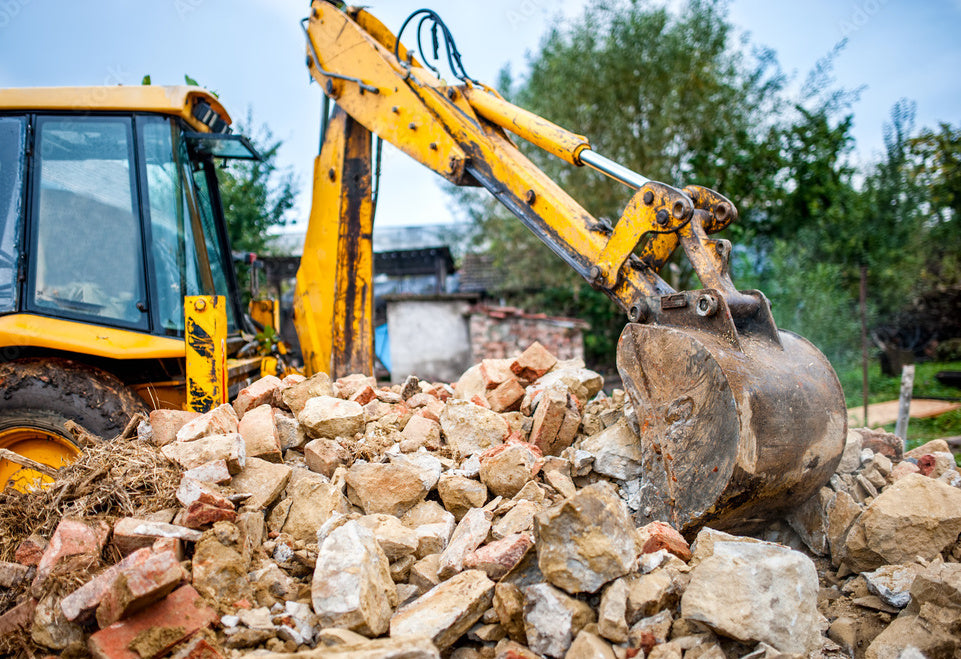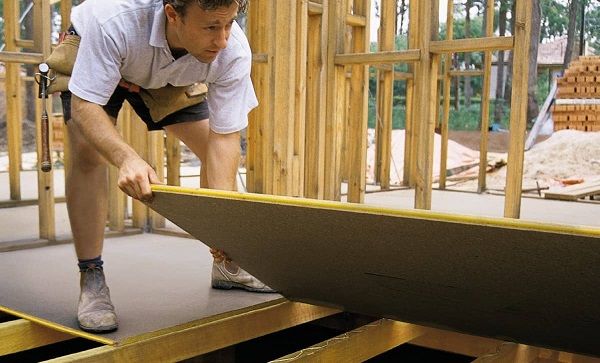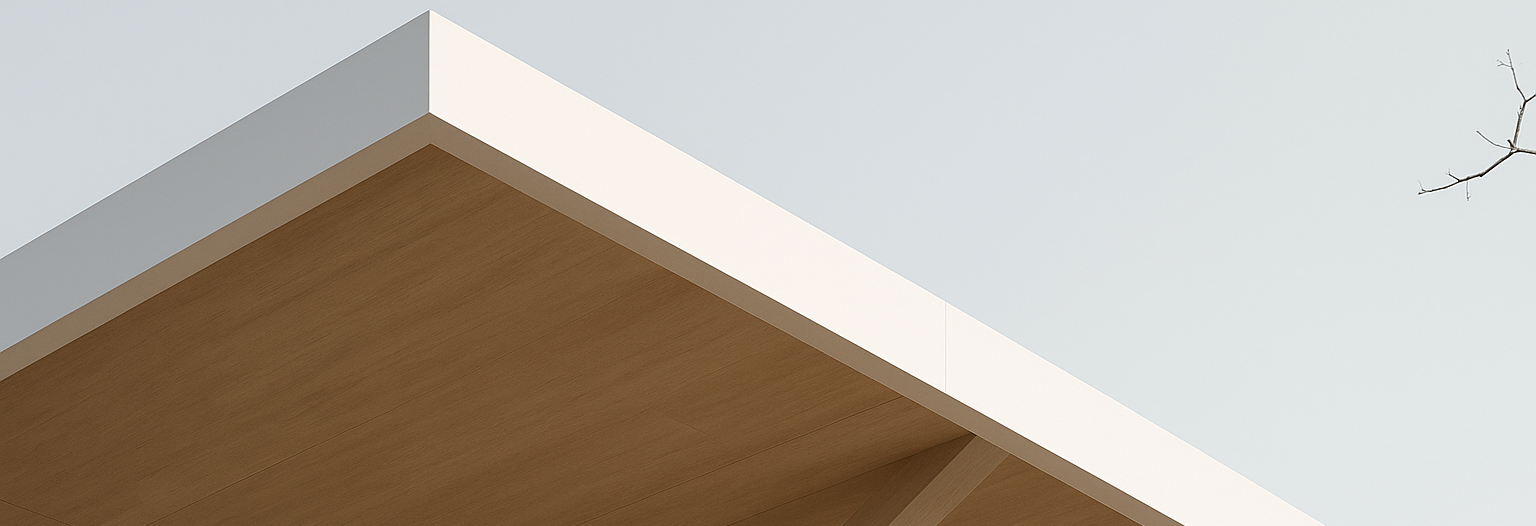In an era where architectural wonders reach for the skies, the integrity of our structures has never been more paramount. Building collapses are catastrophic events that not only result in financial loss but can also claim lives. Understanding the intricacies of why buildings fall is crucial for prevention, safety, and the future of construction.
Recognizing the Risks
Structural integrity can be compromised due to various reasons, ranging from natural disasters like earthquakes and floods to man-made causes such as design flaws and inadequate maintenance.
Tragically, when structures succumb to failure, it's often due to a combination of factors, including:
- Harsh weather conditions like windstorms and torrential rains
- Compromised foundations or temporary supports
- Removal of critical lateral supports
- Overloading during the construction phase
- Significant impacts or collisions
- A mixture of these issues and more
Preventative Measures
Prevention is always better than cure, especially regarding building collapse. Adhering to strict building codes, employing quality materials, and regular inspections by certified engineers are non-negotiable practices. Moreover, educating those involved in a building's construction and maintenance on best practices can significantly reduce the risk of collapse.
Emergency Preparedness
Despite taking all precautions, it's vital to have an emergency response plan in place. This includes evacuation procedures, first aid training, and knowing the contact information for emergency services. Awareness campaigns and drills can save lives when every second counts.
Building collapses are not a mere statistic; they are a warning of what can happen when we neglect the importance of structural integrity. By understanding the causes and implementing stringent prevention strategies, we can mitigate the risks associated with such disasters.
The landscape of construction is ever-evolving, and with it, our approach to building safety must also advance. Investing in research, embracing new technologies, and fostering a culture of safety can steer us towards a future where building collapses become a rare occurrence rather than an accepted hazard.





